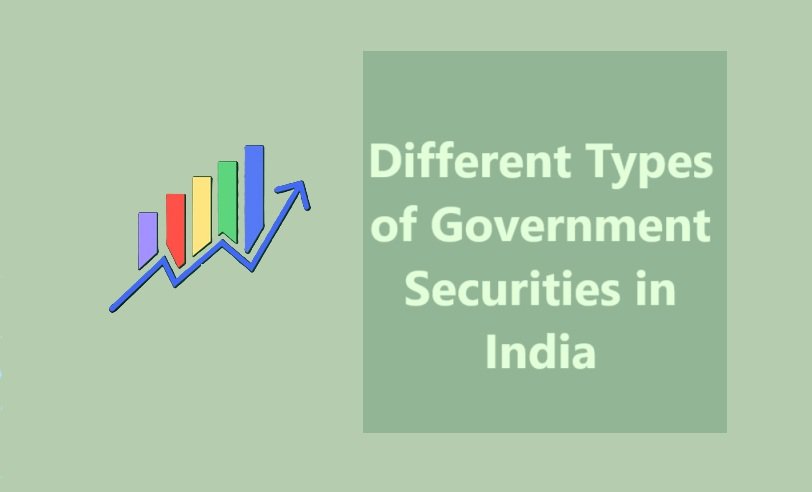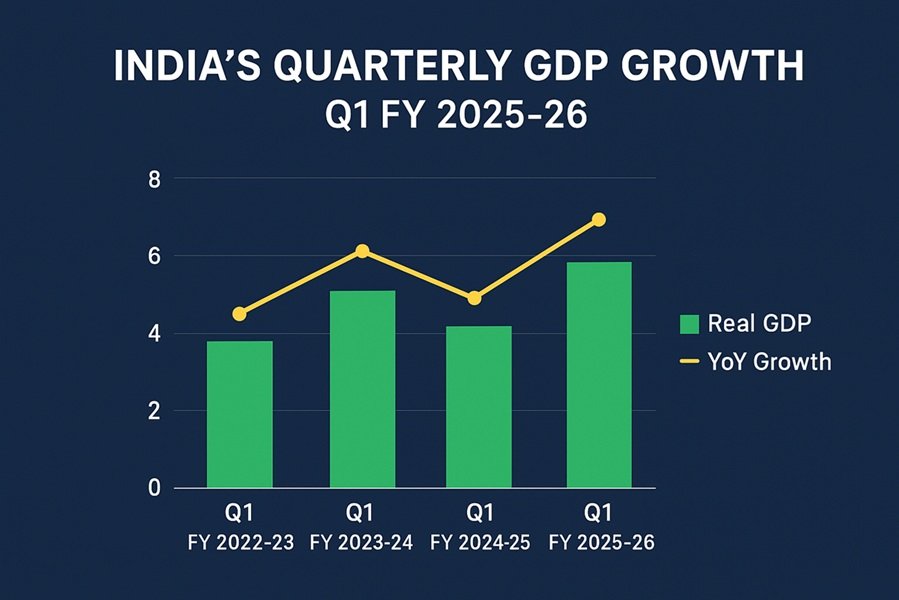
Government securities (G-Secs) are debt instruments issued by the central or state governments to borrow money from the public. These securities are considered one of the safest investment options as they are backed by the government. In India, G-Secs play a vital role in the financial market, offering options for both individual and institutional investors. Understanding the various types of government securities is essential for making informed investment decisions.
Classification of Government Securities
Government securities in India can be broadly classified into two categories:
- Central Government Securities
- State Development Loans (SDLs)
Each category contains various types of instruments designed to cater to different investment needs.
1. Central Government Securities
These are issued by the Government of India (GoI) and include the following:
a) Treasury Bills (T-Bills)
- Definition: Short-term debt instruments with maturities of less than one year.
- Types:
- 91-day T-Bills
- 182-day T-Bills
- 364-day T-Bills
- Key Features:
- Issued at a discount to face value and redeemed at par.
- No periodic interest; the difference between issue price and redemption value represents the return.
- High liquidity and low risk.
b) Government Bonds
- Definition: Long-term securities with maturities ranging from 5 to 40 years.
- Key Features:
- Fixed or floating interest payments (coupons) at regular intervals.
- Suitable for investors seeking steady income.
- Examples:
- Fixed Rate Bonds
- Floating Rate Bonds (FRBs)
- Inflation-Indexed Bonds (IIBs): Designed to protect against inflation, with returns linked to the Consumer Price Index (CPI).
c) Cash Management Bills (CMBs)
- Definition: Ultra short-term instruments, typically with maturities less than 91 days.
- Purpose: To meet temporary cash flow mismatches in government finances.
- Key Features:
- Issued at a discount.
- Similar to T-Bills but with shorter maturities.
d) Sovereign Gold Bonds (SGBs)
- Definition: Bonds issued by the GoI, linked to the price of gold.
- Key Features:
- Offers returns based on gold prices along with a fixed interest rate (usually 2.5% annually).
- Redeemable in cash at maturity, equivalent to the prevailing market price of gold.
- No physical gold involved, reducing storage and security concerns.
e) Savings Bonds
- Definition: Bonds targeted at retail investors to encourage savings.
- Key Features:
- Fixed interest rates.
- Long-term investment with periodic interest payments.
2. State Development Loans (SDLs)
- Definition: Debt instruments issued by state governments to finance their budgetary needs.
- Key Features:
- Similar to central government bonds in terms of structure.
- Slightly higher yields than central government securities due to the perceived risk premium.
- Ideal for investors looking for higher returns with moderate risk.
Other Specialized Government Securities
a) Zero-Coupon Bonds
- Definition: Bonds issued at a discount with no periodic interest payments.
- Key Features:
- Return is realized on maturity, representing the difference between issue price and face value.
- Suitable for investors who do not require regular income.
b) STRIPS (Separate Trading of Registered Interest and Principal Securities)
- Definition: Instruments created by separating the principal and interest components of government bonds.
- Key Features:
- Allows trading of principal and interest components as separate instruments.
- Provides flexibility to investors.
c) Green Bonds
- Definition: Bonds issued to finance environmentally sustainable projects.
- Key Features:
- Focused on renewable energy, clean transportation, and water management projects.
- Increasingly popular among environmentally conscious investors.
Benefits of Investing in Government Securities
- Safety: Backed by the government, ensuring minimal risk.
- Steady Returns: Predictable income from interest payments.
- Liquidity: Actively traded in secondary markets.
- Diverse Options: Instruments catering to short-term and long-term investment needs.
- Tax Benefits: Some securities, like Sovereign Gold Bonds, offer tax exemptions on capital gains.
How to Invest in Government Securities
- Primary Market:
- Investors can participate in auctions conducted by the Reserve Bank of India (RBI).
- Retail Direct Scheme:
- Launched by RBI to allow retail investors to buy government securities directly through a dedicated online platform.
- Secondary Market:
- G-Secs are traded on stock exchanges, providing liquidity for investors.
- Mutual Funds:
- Indirect exposure to government securities through debt-oriented mutual funds.
Conclusion
Government securities in India offer a wide range of investment options, catering to various financial goals and risk appetites. From short-term T-Bills to long-term bonds and innovative instruments like Sovereign Gold Bonds, these securities provide safety, steady returns, and diversification opportunities. Whether you are a conservative investor or looking for specialized instruments, understanding the types and features of G-Secs can help you make informed investment decisions.
Read this: What is Sector Rotation? – Uses, Pros & Limitations







